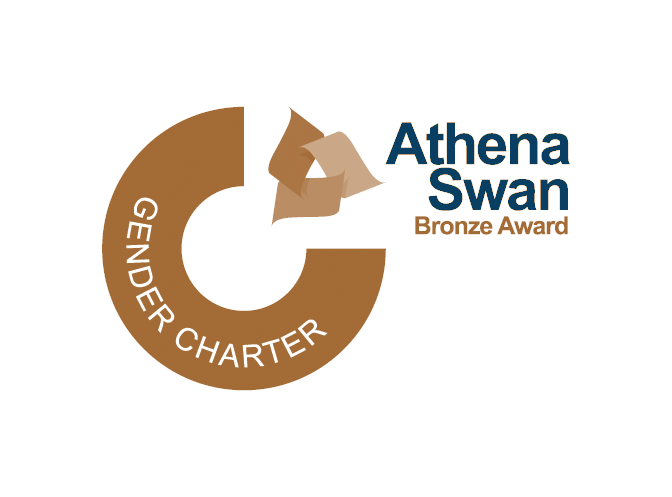Aims
The aims of this course are to provide a solid introduction to programming in C and to provide an overview of the principles and constraints that affect the way in which the C programming language has been designed and is used, including the differences betweeen it and C++.
Lectures
- Introduction to the C language. Background and goals of C. Types and variables. Expressions and statements. Functions. Multiple compilation units. Tooling for C programming. [2 lectures]
- Further C concepts. Preprocessor. Pointers and pointer arithmetic. Data structures. Dynamic memory management. Examples. [2 lectures]
- Memory Management Unique ownership. Object graphs and graph traversals. Aliasing and deallocation. Mark and sweep algorithms. Reference counting. Arenas. Stack allocation. Handles and compaction. [3 lectures]
- Memory Hierarchy and Cache Optimization Cache hierarchy. Data structure layouts. Intrusive lists. Array-of-structs vs struct-of-array representations. [1 lecture]
- Linkers, loaders and debugging. Executable sections. Debug symbols. Inspecting program state. [1 lecture]
- C semantics. Undefined vs implementation-defined behaviour. Common optimisation problems. Buffer and integer overflows. Examples. [1 lecture]
- Introduction to C++. Goals of C++. Differences between C and C++. References versus pointers. Overloading functions. [1 lecture]
- Objects in C++ Classes and structs. Exceptions. Destructors. Operator overloading. Virtual functions. Casting. Multiple inheritance. Virtual base classes. Templates and meta-programming. [1 lecture]
Objectives
At the end of the course students should
- be able to read and write C programs;
- understand the interaction between C programs and the host operating system;
- be familiar with the structure of C program execution in machine memory;
- understand the potential dangers of writing programs in C;
- understand the main differences between C and C++.
Recommended reading
* Kernighan, B.W. and Ritchie, D.M. (1988). The C programming language. Prentice Hall (2nd ed.).

